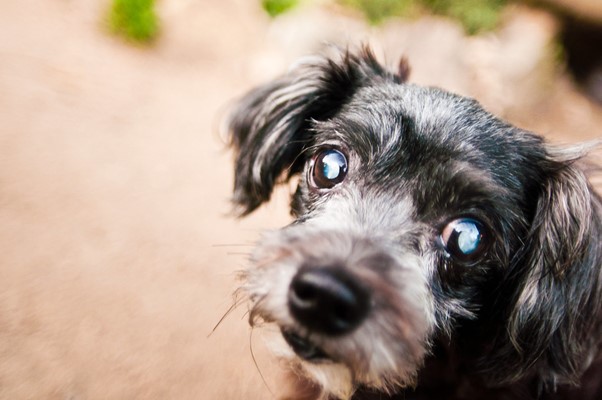Photo Credit: SmugMug+Flickr.2011
The eye is one of the most sensitive and vital organs of the body. With it, we see and admire the beauty of the world around us. As important as this organ is, several conditions affect and ultimately destroy its function, which is sight. One of the most common conditions affecting the eye in pets is cataract.
Unlike nuclear sclerosis, a similar condition which occurs in ageing animals and rarely affect vision, cataract ultimately lead to blindness. Cataract is an eye disorder, which affects the lens a vital component of the eye. The lens helps focus images on the retina (a sensitive membrane of the eye that receives images and sends them to the brain for visual recognition) for a clear vision.
Causal Factors
The lens, which contains proteins and water, has a balance which keeps it clear and functioning. Over time, however, various factors trigger the proteins to clamp together, giving the lens a cloudy appearance and affecting its normal functions. When left to deteriorate, it can progress to blindness.
Though cataract usually affect older animals, some species of animals particularly dogs of breeds such as cocker spaniels, boston terriers and basset hounds, are more prone to this condition. Other factors including diabetes, physical injury to the eye, nutritional imbalance especially at young ages, exposure to ultraviolet radiations and prolonged intake of corticosteroid drugs predispose your pets to the disease.
Signs
Signs of the disease include cloudiness in the pupil(s), watery eyes, clumsiness in gait, bumping into objects, reluctance to jump or climb, scratching of eyes, difficult vision in dark or dim environments.
Prevention & Control
If you notice your pet exhibiting any of these signs, pay a visit to your vet for further examination. Therapy consists of further tests to diagnose the eye condition, managing underlying conditions and possibly surgery. For cases which can only be managed, eye drops with anti-inflammatory components are given. Such pets have enhanced senses which make up for the defect. With guidance, they eventually adapt to their situation.
It is important to take your pet to the vet for regular eye check-ups. Keeping your pet on a healthy diet helps sustain the longevity of the eyes. Having an idea of your pet’s breed as well as parent history on cataract helps you prepare yourself for any eventualities which may occur. Most importantly, provide all the love, warmth and care your pet needs.

